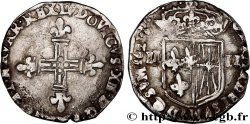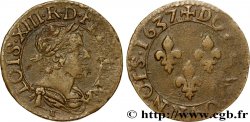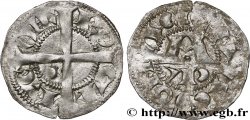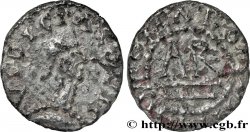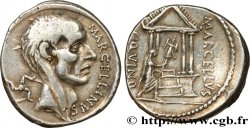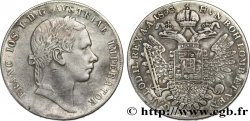Live auction - bry_986603 - LOUIS XIII Écu, buste drapé et cuirassé (2e buste de Jean Warin) 1643 Paris, Monnaie de Matignon
You must signin and be an approved bidder to bid, LOGIN TO BID. Accounts are subject to approval and the approval process takes place within 48 hours. Do not wait until the day a sale closes to register. Clicking on "BID" constitutes acceptance of the terms of use of cgb.fr private live auctions.
Bids must be placed in whole Euro amounts only. The sale will start closing at the time stated on the item description; any bids received at the site after the closing time will not be executed. Transmission times may vary and bids could be rejected if you wait until the last second. For further information check the Live auction FAQ
All winning bids are subject to a 18% buyer’s fee.
All winning bids are subject to a 18% buyer’s fee.
| Estimate : | 1 200 € |
| Price : | no bid |
| Maximum bid : | no bid |
| End of the sale : | 14 January 2025 16:38:09 |
Type : Écu, buste drapé et cuirassé (2e buste de Jean Warin)
Date: 1643
Mint name / Town : Paris, Monnaie de Matignon
Quantity minted : 336726
Metal : silver
Millesimal fineness : 917 ‰
Diameter : 39,5 mm
Orientation dies : 6 h.
Weight : 26,29 g.
Edge : lisse
Coments on the condition:
Cet écu est frappé sur un flan large et régulier laissant apparaître une bonne partie des grènetis extérieurs. Monnaie présentant des aspérités de surface suite à une oxydation à l’origine d’une perte de poids. De petites taches
Obverse
Obverse legend : LVD. XIII. D. G. - FR. ET. NAV. REX.
Obverse description : Buste lauré, drapé et cuirassé de Louis XIII à droite, sans baie dans la couronne.
Obverse translation : (Louis XIII, par la grâce de Dieu, roi de France et de Navarre).
Reverse
Reverse legend : (ROSE) SIT. NOMEN. DOMINI. - A - .BENEDICTVM. 1643.
Reverse description : Écu de France couronné.
Reverse translation : (Béni soit le nom du Seigneur).








 Report a mistake
Report a mistake Print the page
Print the page Share my selection
Share my selection Ask a question
Ask a question Consign / sell
Consign / sell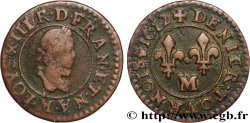
 Full data
Full data
